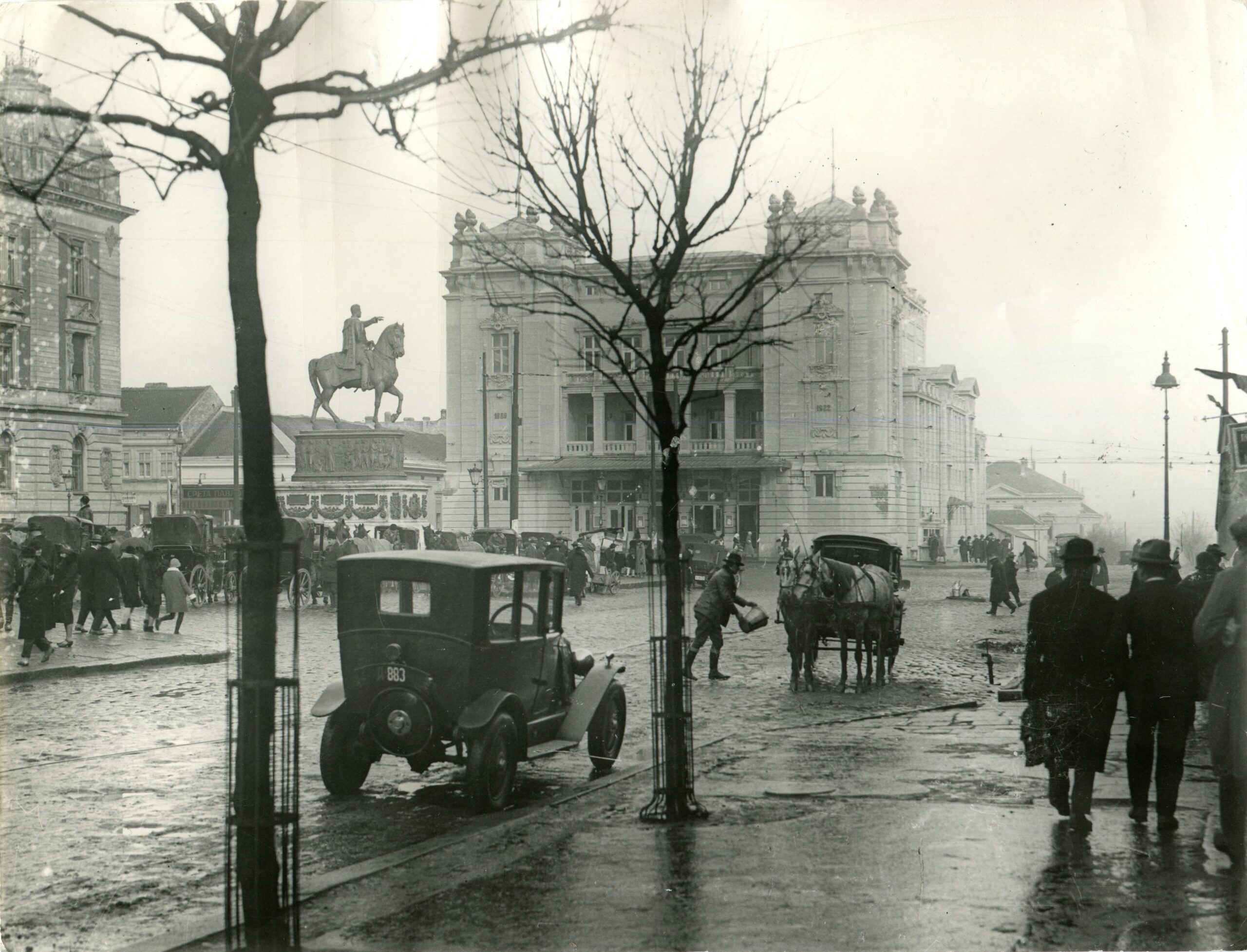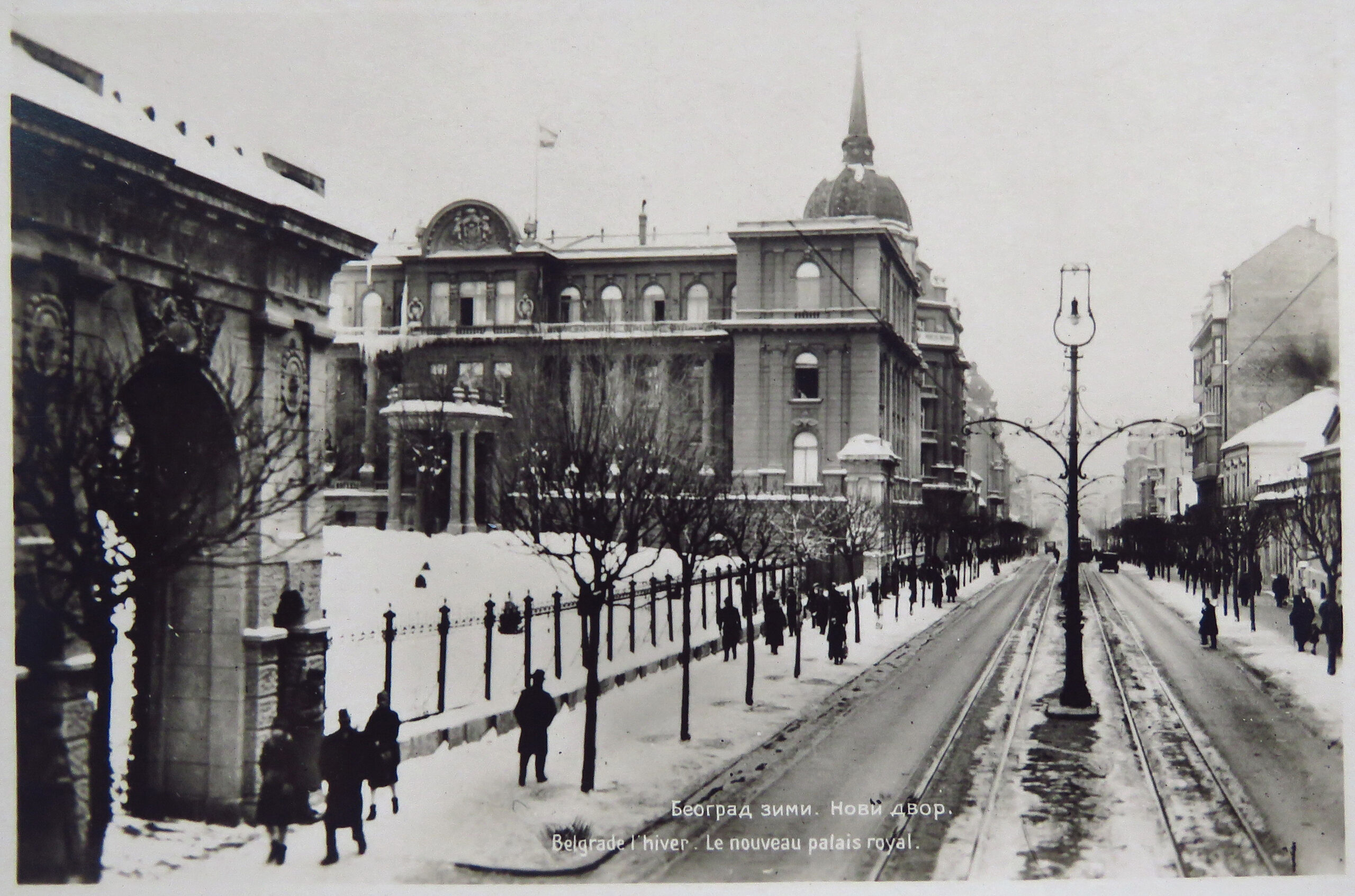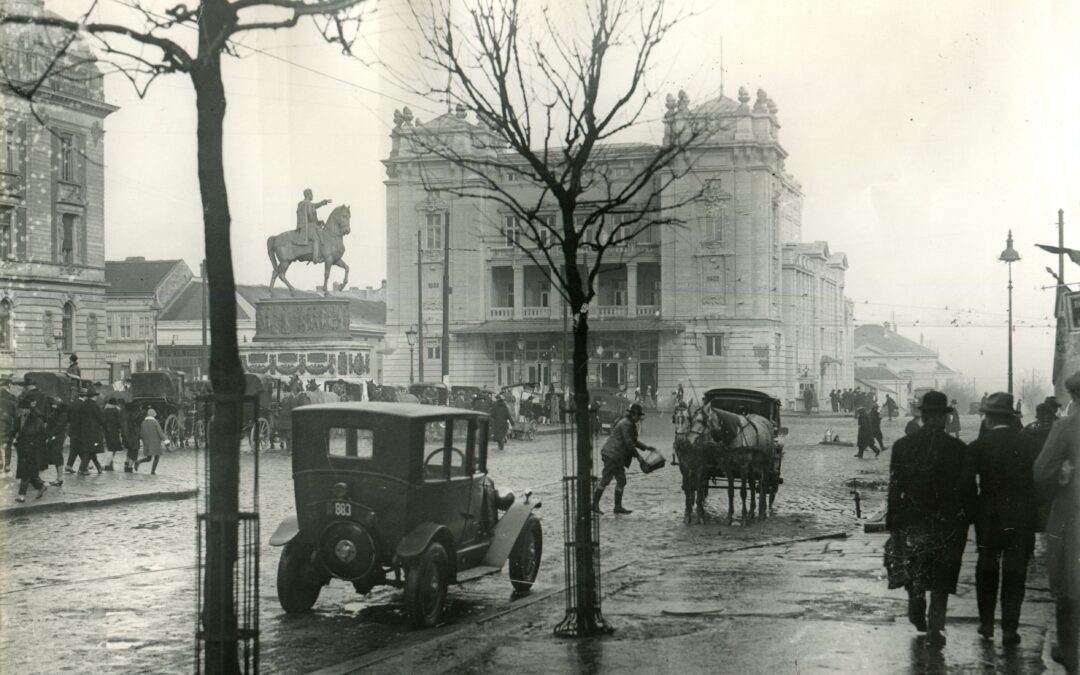OUR BLOG
“Once Upon a Time in Belgrade”: A Nostalgic Guardian of the Capital’s Past
The Facebook group “Once Upon a Time in Belgrade” gathers more than 37,000 members — true enthusiasts of the city’s past — who are increasingly dedicated to promoting and preserving its rich historical heritage.
If we had to describe our interviewee in just a few words, they would be: history, art, photography, and Belgrade. Although she spent a significant part of her life in the U.S. and Canada, where she collected vintage photos of cities there, around ten years ago she became more deeply interested in the history of the Serbian capital and began collecting photographs of pre-war Belgrade.
“Belgrade’s history and architectural development are fascinating, as evidenced by the wealth of preserved photographs. That was my motivation to return from abroad and devote myself to researching old Belgrade and preserving the culture of memory. My preoccupation with the city’s history is the result of many years of professional work with archival footage, but in some way, it’s also a family calling. My father, Jovan Đorđević, and his brother Bane, both passionate amateur photographers, extensively documented Belgrade from the late 1950s to the 1990s, leaving behind an important visual and artistic record of city life,” says Branka Djordjević Nakanishi.

Theatre Square in the mid-1920s (photo by Aca Simic)
Photographs from the interwar period are a true testament to Belgrade’s rapid development and modernization. What do they tell us about these changes?
After 1918, Belgrade began developing rapidly, transforming from an Oriental town into a genuine European metropolis. The most important governmental buildings of the Kingdom were constructed – including the monumental ministry buildings, the (old) General Staff, the Main Post Office, and the royal residence in Dedinje. Terazije Square was renovated and given a fountain, five- and six-story buildings emerged, and the park area of Kalemegdan was expanded and beautified. Modern hotels were built, and the banks of the Sava and Danube became dotted with beaches and sports clubs – at one point there were more than 40. In 1936, Belgrade officially became a European tourist destination. These developments are clearly visible in old postcards and photographs.
When you walk through the city today, where do you still recognize the Belgrade from old photographs? What excites you most about uncovering forgotten views of old city streets?
Old Belgrade is best preserved in the city center – Terazije, Republic Square, Knez Mihailova Street, Kalemegdan, and the Belgrade Fortress. The most exciting part is the “hidden treasures” behind the gates of old buildings: preserved original interior elements such as decorative floor or wall tiles, sculptural ornamentation, grand staircases with wrought iron railings, painted walls and ceilings, and vintage elevators still in operation. These details help us visualize the world our ancestors lived in. In some entranceways, especially the so-called carriage passages, wooden paving blocks from the early 20th century still remain. Many streets in the old city center were once paved this way, and these surviving examples are rare relics.

Kralja Milana Street towards Kneza Milosa, late 1920s – winter – postcard
What is your favorite part of Belgrade that no longer exists?
There’s no part of Belgrade that hasn’t changed. Some changes were inevitable, but others were shortsighted.
The most regrettable transformations happened in residential areas on the city’s near outskirts, such as Neimar, Pašino Brdo, and Senjak. It’s not that these areas no longer exist – but they’ve lost their identity. These neighborhoods were once lined with harmonious rows of beautiful one-story and ground-floor houses, often richly adorned and surrounded by large gardens. Today, they’re being replaced with disproportionately tall and stylistically incompatible condominiums. This is a global trend, but in Belgrade, it is particularly stark.
You can read the full article in our Dipos Magazine.








 2018
2018